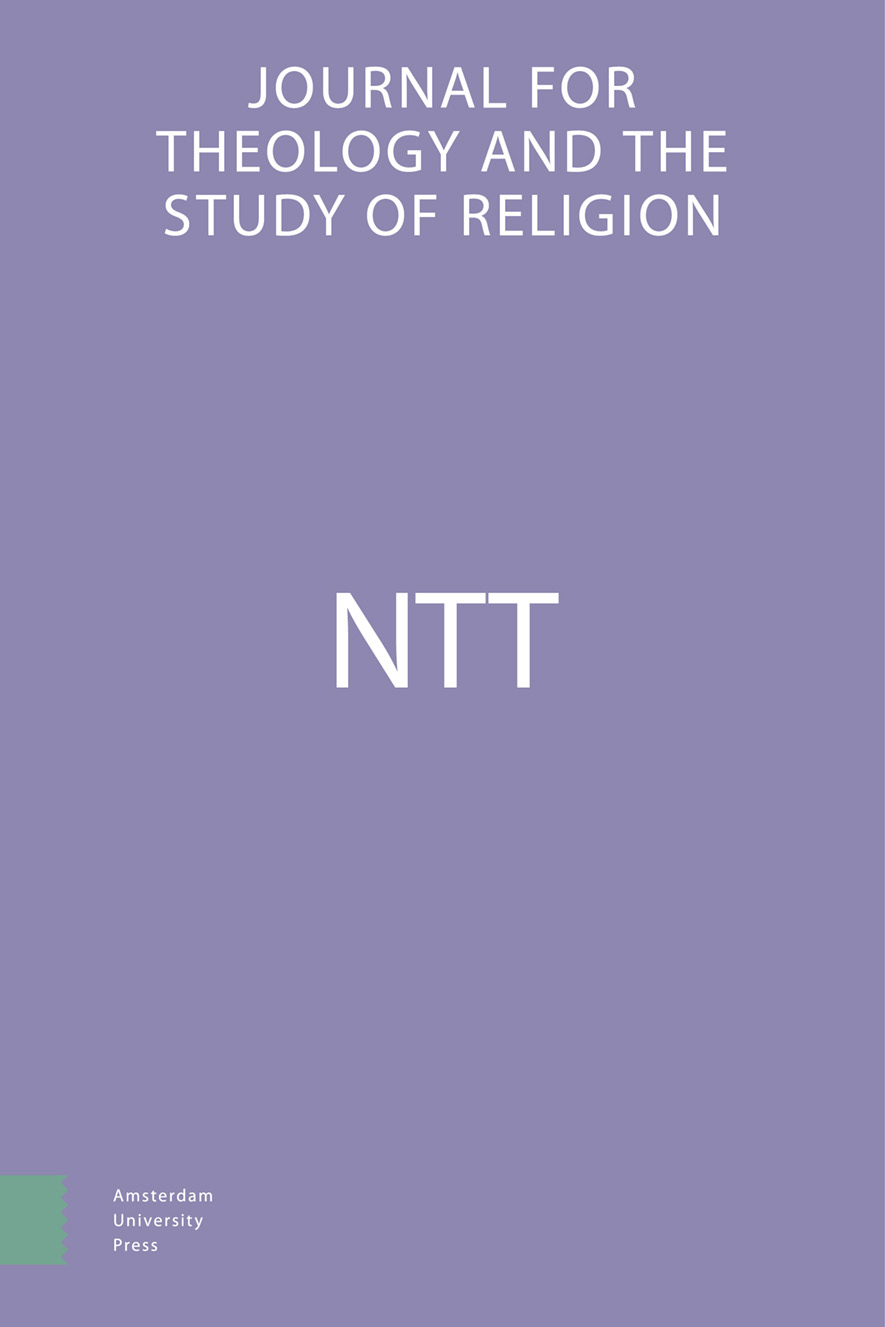-
oa Het ‘Huis van David’ in een pre-exilische inscriptie uit Tel Dan
*Graag wil ik mijn collega dr Meindert Dijkstra bedanken voor zijn vele en waardevolle opmerkingen.
- Amsterdam University Press
- Source: NTT Journal for Theology and the Study of Religion, Volume 49, Issue 2, apr. 1995, p. 108 - 123
-
- 01 apr. 1995
Samenvatting
In Tel Dan a fragment of a stele with an inscription was excavated. The language of the inscription seems to be mainly Aramaic but written in a local dialect. The inscription contains the expression bytdwd, which is interpreted as referring to the ‘House of David’, i.e. the territory of the dynasty of the Kingdom of Judah and not as an indication of a cultic object for a local deity Dôd (against Knauf, de Pury and Römer). On the historical level the inscription is difficult to relate with an event known from other sources. Since the inscription can be dated in the ninth as well as in the eighth century BCE, a connection with the destruction of Dan by the Damascene ruler Benhadad, referred to in 1 Kings 15:20, as made by Biran and Naveh, is premature. The inscription shows that David was seen as the eponymous king of Judah in the 9th-8th century BCE by non-Israelites. The inscription thus makes probable David’s existence. The historicity of the narrivates in Samuel and 1 Kings 1-2, however, cannot be proved by this find.


